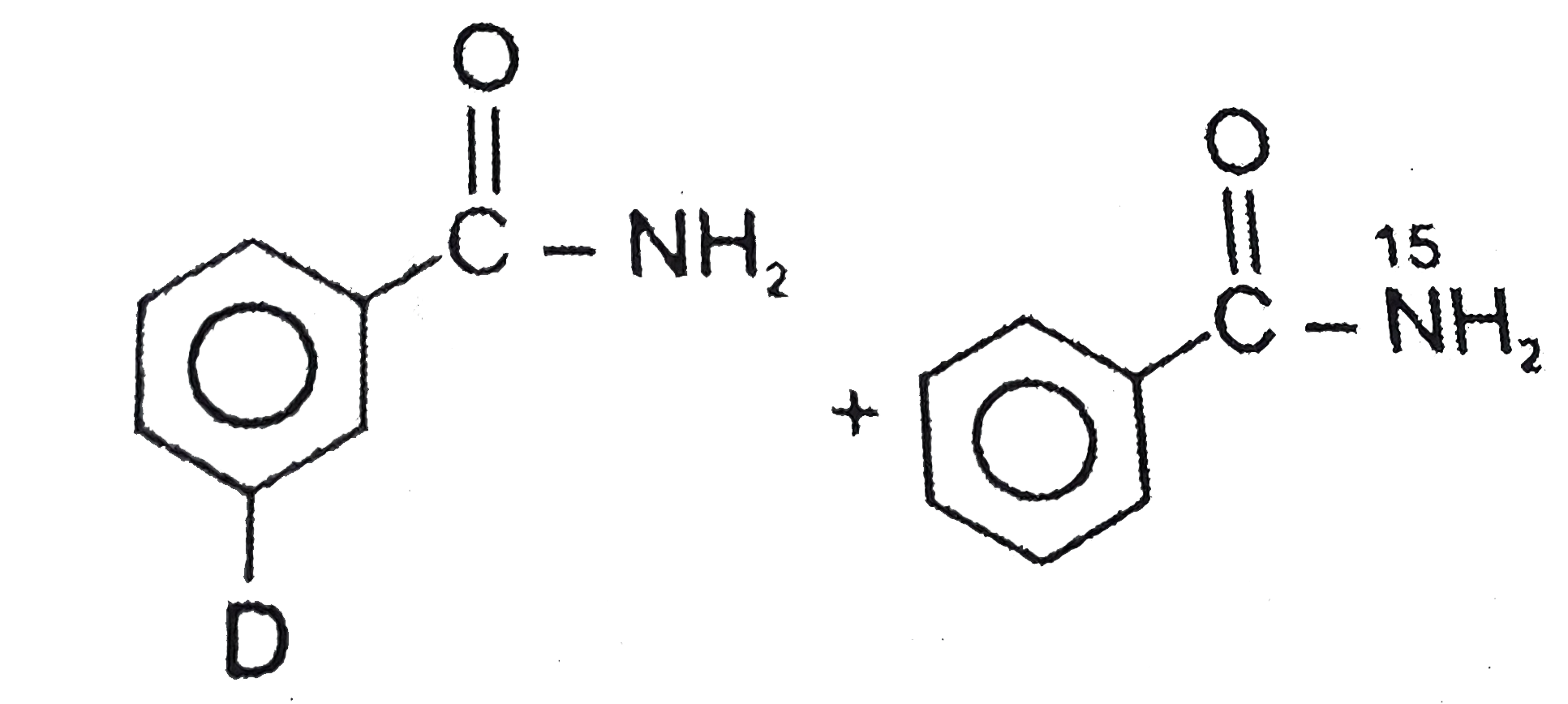Under unfavorable conditions many zooplankton species in lakes and ponds enter
A
Diapause
B
Hibernation
C
Aestivation
D
None of the above
Video Solution
Text Solution
The correct Answer is:A
Under unfavourable conditions many zooplankton species in lakes and ponds enter diapause a stage of suspended development.
|
Topper's Solved these Questions
- ORGANISMS AND POPULATIONS BOOK - A2ZCHAPTER - ORGANISMS AND POPULATIONS EXERCISE - Section A: Topicwise Questions (topic 3: Adaptions)
21 Videos
- ORGANISMS AND POPULATIONS BOOK - A2ZCHAPTER - ORGANISMS AND POPULATIONS EXERCISE - Section A: Topicwise Questions (topic 4: Populations) Population Attributes, Population Growth And L
56 Videos
- ORGANISMS AND POPULATIONS BOOK - A2ZCHAPTER - ORGANISMS AND POPULATIONS EXERCISE - SECTION A: TOPICWISE QUESTIONS
1 Videos
- MOLECULAR BASIS OF INHERITANCEBOOK - A2ZCHAPTER - MOLECULAR BASIS OF INHERITANCEEXERCISE - Section D: Chapter -end Test
50 Videos
- PRINCIPLES OF INHERITANCE AND VARIATIONBOOK - A2ZCHAPTER - PRINCIPLES OF INHERITANCE AND VARIATIONEXERCISE - SECTION A : TOPICWISE QUESTIONS ((TOPIC 1: MENDEL'S LAW OF INHERITANCE)
22 Videos
Similar Questions
Knowledge Check
Under unfavourable conditions many zooplankton species in lakes and ponds enter a stage of suspended development called:
ADormancyBHibernationCDiapauseDMenopauseUnder unfavorable conditions many zooplankton species in lakes and ponds enter
ADiapauseBHibernationCAestivationDNone of the aboveUnder unfavourable condition many zooplnkton species in lakes and ponds enter
ADiapauseBHibernationCAestivationDNone of the above.

 under Hofmann conditions will give:
under Hofmann conditions will give: 